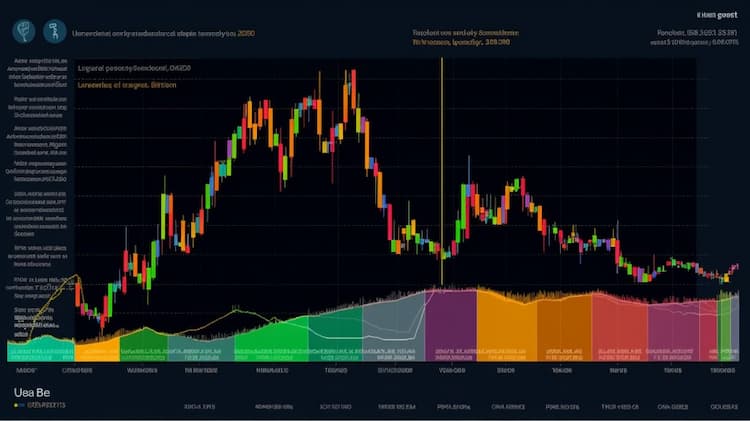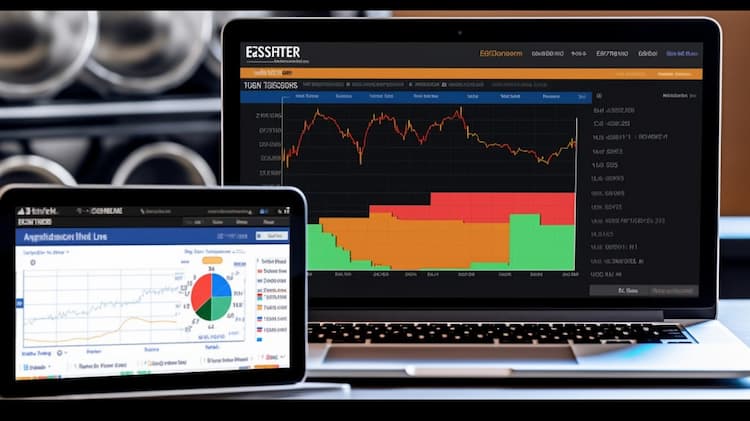
JNK VS BND
In the financial world, one of the most common dilemmas for investors is choosing the right investment vehicle. Among bond ETFs, the debate often falls on two popular choices: JNK (SPDR Bloomberg Barclays High Yield Bond ETF) and BND (Vanguard Total Bond Market ETF). In this article, we will delve into the distinct features of JNK VS BND, aiming to provide a clearer picture for investors.
JNK VS BND: Sectors and Top Holdings
One significant factor to consider in any investment decision is the sectors and top holdings of a particular fund.
JNK, primarily focuses on high-yield, or "junk" bonds, which are bonds that carry a higher risk of default. As a result, the sectors it invests in tend to be more volatile but offer potentially higher returns. The predominant sectors within JNK are often corporates, utilities, and some industrials.
On the other hand, BND invests in a broad mix of bonds from government to corporate sectors. Its exposure ranges from U.S. Treasuries to mortgage-backed securities. Given its diversified nature, BND is often considered a more stable, albeit sometimes less lucrative, investment compared to JNK.
When evaluating JNK VS BND in terms of sectors and top holdings, an investor must decide whether they prioritize potential returns (JNK) or safety (BND).
 JNK overlap JNK VS BND
JNK overlap JNK VS BND
JNK VS BND: Capitalization Strategy
Understanding the capitalization strategy is crucial when analyzing any ETF. In the case of JNK VS BND, there are noticeable differences.
JNK, being a high-yield bond ETF, often gravitates towards bonds from companies that are either smaller in size or might be facing financial challenges. These companies issue bonds with higher yields to attract investors, thus compensating for the associated risks.
BND, however, has a larger focus on investment-grade bonds. These bonds come from more stable and more significant corporations or government entities. They offer lower yields but also bring with them a lower risk of default.
Thus, when considering JNK VS BND from a capitalization viewpoint, investors must weigh the trade-off between risk and return.
JNK VS BND: Tracking and Exposure
How an ETF tracks its index and its overall exposure can significantly impact its performance.
JNK tracks the Bloomberg Barclays High Yield Very Liquid Index, which consists of high-yield bonds that are deemed to be very liquid. The focus here is on providing exposure to bonds that can be easily traded in the market without causing significant price changes.
BND, in contrast, tracks the Bloomberg Barclays U.S. Aggregate Bond Index. This index encompasses a broader range of bonds, including government, corporate, and international dollar-denominated bonds. As such, BND offers investors a more diversified exposure compared to JNK.
For investors comparing JNK VS BND based on tracking and exposure, it's essential to determine if they prefer a targeted high-yield approach or a more general bond market exposure.
Conclusion
In the debate of JNK VS BND, there isn't a one-size-fits-all answer. Both ETFs have their merits. JNK offers potentially higher returns, given its focus on high-yield bonds, but comes with increased risk. BND, on the other hand, provides broader exposure to the bond market, making it a more stable, albeit often less rewarding, choice.
Your investment decision between JNK and BND should align with your financial goals, risk tolerance, and investment horizon. Always consult with a financial advisor to ensure that your choices fit your unique situation.
Sources
JNK ETF issuer
JNK ETF official page
BND quote and analysis
Discover the top holdings, correlations, and overlaps of ETFs using our visualization tool.
Our app allows you to build and track your portfolio.
To learn more about the BND Vanguard Total Bond Market ETF, access our dedicated page now.

























